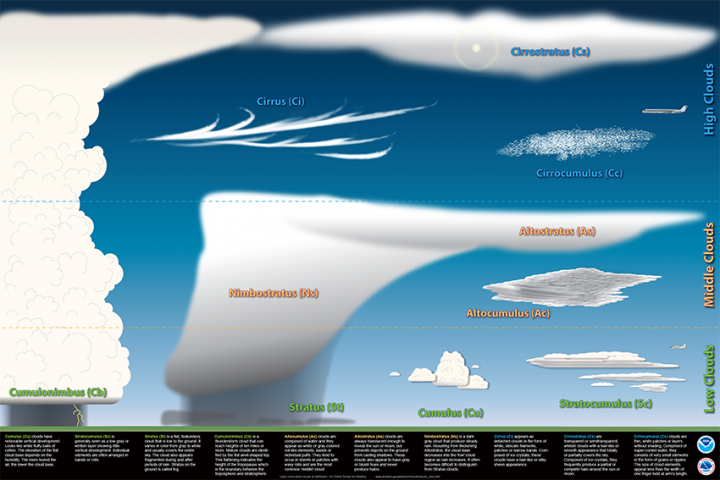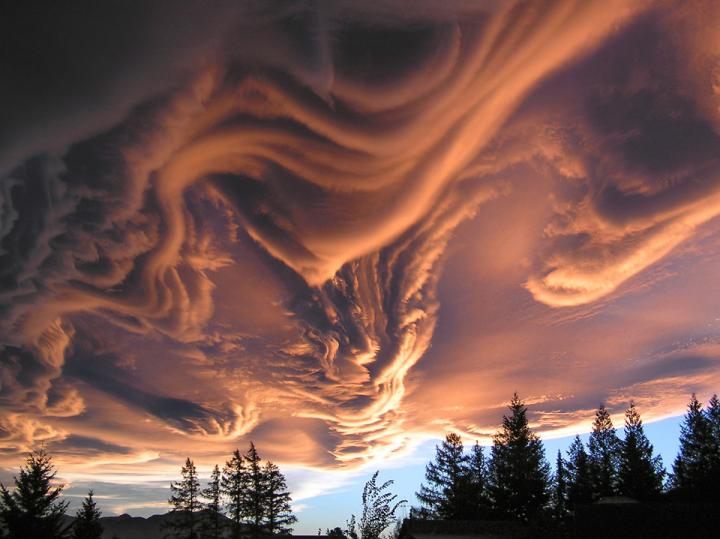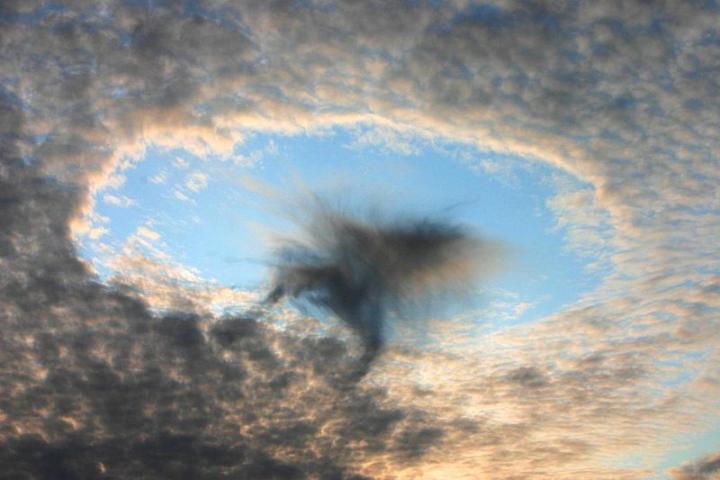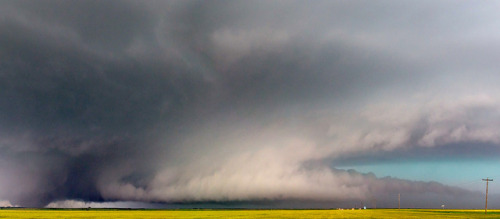
Photo Credit
WMO
Beautiful shots; it really seems to be a matter of being in the right place, at the right time and a camera ready. With most of the most bizarre clouds I ever saw I didn't have a camera with me .... These cloud pics are great; anyone who reckons these are chemtrails probably never looked up in the sky before it first began to become polluted with chemtrails. Maybe some people believe that before chemtrails the sky was cloudless.
Your "new" clouds are called chemtrails. The government is finally slowly admitting that they are and have been spraying the public for years with loads of chemicals. Youtube search for chemtrails next time you see some unusual clouds in the sky.
Really? New Clouds . It's called Geoengineering. Ask Rosalind Peterson Agricultural Defense Coalition.
What a pleasure to see these new clouds! I do hope I'll see the eagle one one of these days. During last night's sunset there were some interesting ones; whether they were new or not they were very beautiful. Thanks for posting
Thank you so much for this post. I have always been interested in clouds. I have also noticed newer looking clouds in the last couple of years.















Comments